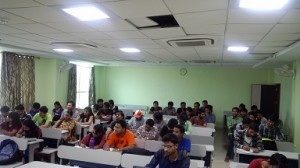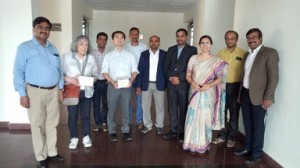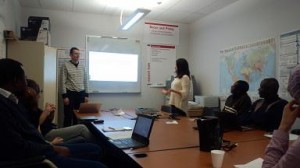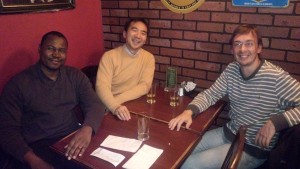Kiyoshi Honda, Nobuhiro Nakamura, Hironori Washizaki and Yoshiaki Fukazawa, “Case Study: Software Reliability Growth Model Based on Person Hours,” 7th IEEE International Workshop on Empirical Software Engineering in Practice (IWESEP), poster, Osaka, March 13, 2016. (to appear)
Software reliability growth models (SRGMs) have been proposed and applied in the past few decades. SRGMs are models which describe the relations between faults and faults’ detected times and predict the numbers of faults will be detected. Recently SRGMs are applied in calendar time. However, calendar time contains many kinds of times when developers do nothing, for example, holidays, stopping testing, working overtime and so on. It means that the calendar time does not reflect strict efforts of development. In principle of SRGMs, the detected time is based on developers’ operating time in testing phase. If developers use calendar time to a SRGM, the SRGM produces inaccurate results and confuses the developers. We assume that person hours would be a well approximation of developers’ operating time and make the results of the SRGMs more accurate than calendar time because person hours reflect strict efforts of development. We compare the fitness of SRGMs which are based on calendar time and person hour. Additionally, we propose a method to compare SRGMs across projects based on the fault density and the rate of person hours. In this paper, we apply our proposal method to the data sets which belong to nine projects which are developed by Sumitomo Electric Industries, Ltd. with a same framework. Using the nine projects data, we obtain the results which explain SRGMs based on person hours are well fitting than SRGMs based on calendar time.







